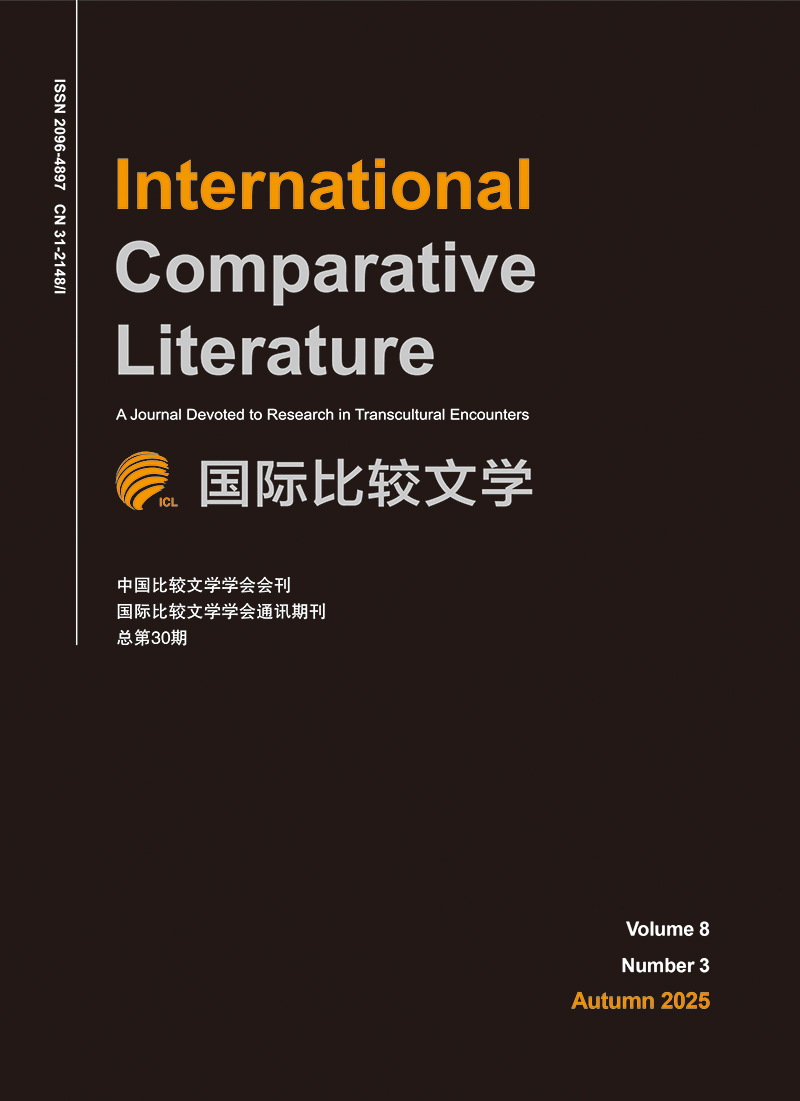The Boundaries of Translating Du Fu’s Poetry: Michael Wood’s In the Footsteps of Du Fu as a Case Study
-
摘要: 迈克尔·伍德和他的电视纪录片《杜甫:中国最伟大的诗人》已为很多中国观众所熟悉,而他最近出版的《中国最伟大的诗人:沿着杜甫的足迹》一书尚不为国内文化界所知晓,但可能比纪录片有着更加耐人寻味的学术含量和文化意义。伍德认为,“伟大的文学作品能够突破翻译的边界,与我们所有人对话”,实则不同语言的文化之间要实现对话,一个基本的前提是语言的翻译和转换。因此,无论在翻译理论还是翻译实践中,恰好存在“翻译的边界”问题。就杜诗乃至中国传统文化经典的翻译而言,其外译工作不同于一般汉语文本的翻译,而是具有自己的特点和方式,如何把握翻译的尺度,其边界何在,如何掌控,又如何突破,可以说具有典型意义。作为一位基本不懂汉语的英国历史学家,伍德为了让西方人了解和读懂杜甫,对杜诗的各种译文进行了大量删减、增补、换词、调序乃至改译,其所做工作类同于林纾和埃兹拉·庞德的翻译,取得了令人满意的传达效果。这说明通过翻译而尽可能消除隔阂,实现文化的交流互鉴确乎是可能的。伍德译文的成功显然不在于对汉语的熟悉,而是取决于对中西方文化背景和杜诗接受程度的理解,以及由此决定的翻译策略——对翻译尺度的把握。他善于以西方人能理解的方式讲出杜诗的妙处,提供了一个跨文化传播的生动实例,具有重要的理论意义和实践价值。Abstract: Michael Wood and his documentary Du Fu: China’s Greatest Poet have gained popularity among Chinese audiences, while his recently published book, China’s Greatest Poet: In the Footsteps of Du Fu, is still unknown to Chinese readers, but it may be even more intriguing than the documentary in terms of its academic content and cultural significance. Indeed, as Wood well pointed out, “[…] great literature breaks across the boundaries of translation to speak to us all.” But translation is a basic prerequisite for dialogues between cultures of different languages. Whether in translation theory or translation practice, “the boundaries of translation” cannot be ignored. The translation of Du Fu’s poetry and even that of the classics of Chinese traditional culture are very different from the translation of general Chinese texts. It makes us think about how to grasp the scale of translation, where its boundaries lie, and how to break through. As an English historian who barely knows Chinese, Wood has borrowed and adapted various translations of Du Fu’s poetry to make it accessible and understandable to Western readers. His modifications include deletions, additions, replacement of words, reordering of lines, and sometimes even retranslations. What he does is much like the translating practices of Lin Shu and Ezra Pound, and Du Fu’s poems are satisfactorily conveyed through his work. It indicates that it is indeed possible to bridge the gap and achieve cultural exchange and mutual understanding through translation. The success of Wood’s translation tellingly lies not in his familiarity with the Chinese language, but in his understanding of the cultural backgrounds of both China and the West and the reception of Du Fu’s poetry, as well as his choice of translation strategy. The translation of Du Fu’s poetry is of typical significance for the translation of classical Chinese literature. His ability to convey the essence of Du Fu’s poetry in a way that the Western reader can understand provides a vivid example of cross-cultural communication with important theoretical significance and practical value.
-
Key words:
- Du Fu’s poetry /
- translation /
- boundaries /
- Michael Wood /
- In the Footsteps of Du Fu
-
[1] . 钱锺书《七缀集》,生活·读书·新知三联书店,2011年。 [2] . 王国维《人间词话》,徐调孚校注,中华书局,2009年。 [3] . 萧涤非主编《杜甫全集校注》,人民文学出版社,2014年。 [4] . 张隆溪《比较文学研究入门》,四川人民出版社,2022年。 [5] . Francis James Child, ed. The English and Scottish Popular Ballads, New York: The Folklore Press / Pageant Book Company, 1956. [6] . David Hinton, trans. The Selected Poems of Tu Fu, New York: New Directions, 1989. [7] . William Hung, Tu Fu: China’s Greatest Poet, Cambridge: Harvard University Press, 1952. [8] . Stephen Owen, trans. and ed. The Poetry of Du Fu, Boston: De Gruyter, 2016. [9] . Stephen Owen, The Great Age of Chinese Poetry: The High T’ang, New Haven and London: Yale University Press, 1981. [10] . Noel Stock, The Life of Ezra Pound, New York: Pantheon Books, 1970. [11] . Burton Watson, trans. The Selected Poems of Du Fu, New York: Columbia University Press, 2002. [12] . Michael Wood, China’s Greatest Poet: In the Footsteps of Du Fu, London: Simon & Schuster, 2023. -

 点击查看大图
点击查看大图
计量
- 文章访问数: 314
- HTML全文浏览量: 90
- PDF下载量: 28
- 被引次数: 0



 下载:
下载:

